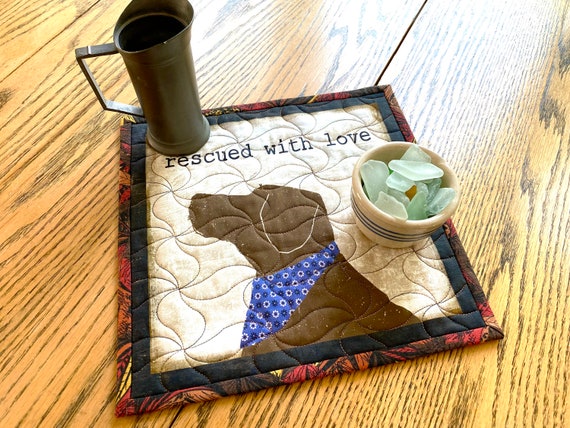8 Simple Techniques For Unique Art
8 Simple Techniques For Unique Art
Blog Article
Unique Art Fundamentals Explained
Table of Contents6 Simple Techniques For Unique ArtOur Unique Art PDFsNot known Factual Statements About Unique Art How Unique Art can Save You Time, Stress, and Money.Unique Art - The Facts
While one could dispute which art form holds priority, the fact stays that each of these 7 types gives a special window into human background, society, and evolution. Unique Art. They are the tapestries that chronicle our trip, reminding us of our past while motivating visions for the future
3 Emil DervishIn this entrance by Emil Dervish that stunning cobalt blue door steals the program. To bring also more dramatization, he extended the paint. to the doorframe and the wall surface up, finishing in an arched form (Unique Art). The curves, in addition to a spherical sconce, soften the edges. Structures vintage posters and maps of cherished areas set the scene.
The Main Principles Of Unique Art
8 TRIA GIOVANEqual parts grand and laidback, this foyer created by Anthony Baratta is the best plan to comply with if you're embellishing a formal entryway that still feels unfussy and comfortable. Patterned textiles take spotlight (see the rugs and the sofa), yet they additionally aid bring the high ceilings to a human range when hung over wallpaper.
18 Heidi Caillier DesignA gallery wall surface does not require to use up the entire room. As a matter of fact, often a small one can make a bigger style statement. In this living-room, Hiedi Caillier selected micro-mini frames and an arbitrary make-up. Ad - Continue Analysis Below19 Stephen Kent JohnsonDesigner Juan Carretero selected a deep eco-friendly paint shade to contrast with the light wood coatings.
, the expression of concepts and emotions, with the production of specific aesthetic top qualities, in a two-dimensional visual language. The elements of this languageits shapes, lines, colours, tones, and texturesare utilized in different means to create sensations of quantity, space, activity, and light on a level surface. These components are integrated right into expressive patterns in order to stand for real or superordinary phenomena, to analyze a narrative style, or to develop entirely abstract visual relationships.
Later on the idea of the "fine artist" created in Asia and Renaissance Europe. Prominent painters were managed the social status of scholars and courtiers; they signed their job, chose its layout and often its subject and imagery, and developed a much more personalif not always amicablerelationship with their clients. Throughout the 19th century painters in Western societies started to shed their social position and protected patronage.
Get This Report about Unique Art
Others made an earnings through touring exhibitions of their job. The need to appeal to a marketplace had actually changed the similar (if less impersonal) needs of patronage, and its result on the art itself was possibly comparable too. Typically, musicians in the 20th century can get to an audience only through commercial galleries and public museums, although their work might have been sometimes duplicated in art regulars.

Do not duplicate the design of other musicians if you're looking for your design. Copying other individuals's artwork can be wonderful in academic objectives yet it her response will not make you closer to locating your own one-of-a-kind style. Your artistic style needs to be, what you like and what influences you.
The Ultimate Guide To Unique Art
I would certainly think about your very own style as a design you repaint in normally, when you allow go of all thoughts and policies and just concentrate on paint, not considering it. The design has to come naturally to you when you are unwinded and you can't force it or it won't be your own design, just another person's.
You need to attempt whole lots of various options and go to website check out every little thing prior to you can focus on one certain index design or you'll be tired, or worse, you'll despise your own design. I suggest you to try every solitary subject that you're interested in, discover as much as you can. Try various tools that thrill you and new strategies you have actually never tried before.
With time you'll be able to sort every one of them right into your favorite and least favorite classifications. Try to concentrate your interest on the topics and mediums that you like and prior to you see it coming you'll have your own personal and one-of-a-kind style, like no person else have! In the end you'll have a few favorite topics to paint and maybe a couple of preferred mediums.
The Definitive Guide for Unique Art
The style needs to develop itself gradually with a great deal of technique and experiments. Thank you for reviewing this message and if you have any type of concerns leave them in the comments listed below, I 'd more than happy to address these.
Report this page